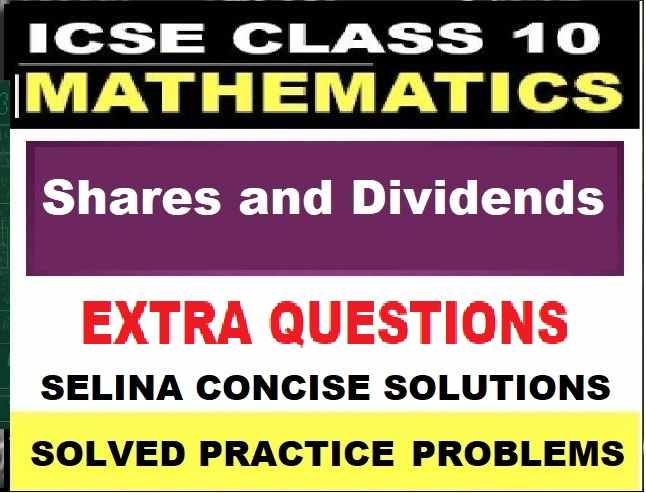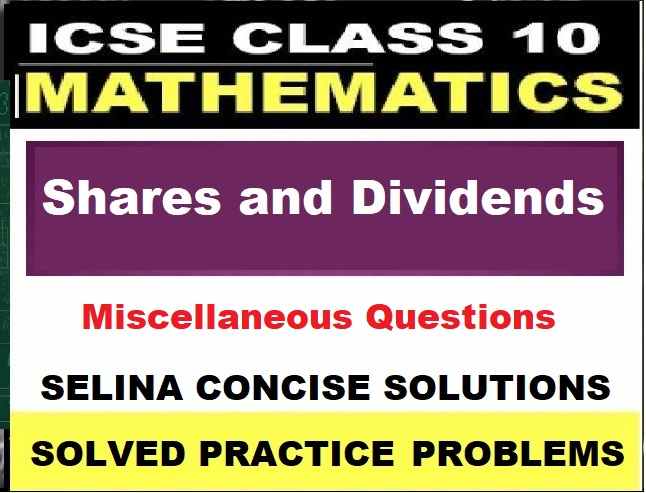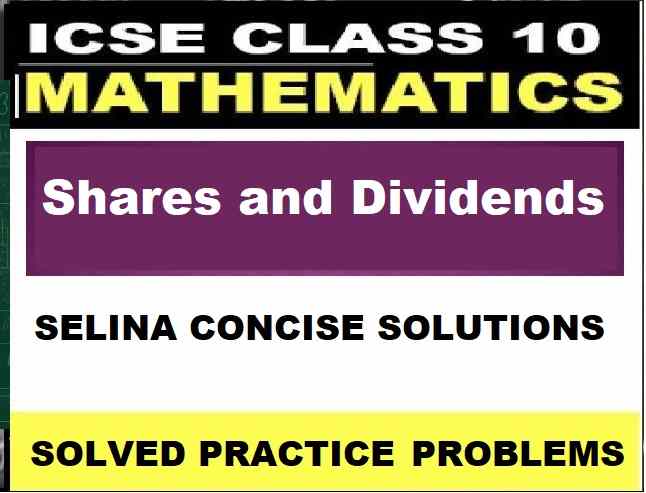Respiratory System Short Answer Biology Class-9 ICSE Selina Publishers Solutions Chapter-14. Step By Step ICSE Selina Concise Solutions of Chapter-14 Respiratory System with Exercise-14 including MCQs, Very Short Answer Type, Short Answer Type, Long Answer Type and Structured/Application Questions Solved . Visit official Website CISCE for detail information about ICSE Board Class-9.
Respiratory System Exe-14 Short Answer Biology Class-9 ICSE Concise Selina Publishers
| Board | ICSE |
| Publications | Selina Publication |
| Subject | Biology |
| Class | 9th |
| Chapter-14 | The Respiratory System |
| Book Name | Concise |
| Topics | Solution of C. Short Answer Type |
| Academic Session | 2023-2024 |
C. Short Answer Type
Respiratory System Class-9 Biology Concise Solutions
Page 156
Question 1.
Given below is an example of certain structure and its special functional activity:
“Kidney and excretion”.
Fill in the blanks on a similar pattern.
(a) Alveoli and _____________.
(b) Mitochondria and _____________.
(c ) Epiglottis and _____________.
(d) Pleura and _____________.
(e) Diaphragm and _____________.
(f) ‘C’ shaped cartilage rings and ____________.
Answer:
(a) Alveoli and gaseous diffusion
(b) Mitochondria and power house (respiration)
(c) Epiglottis and guard of entrance to trachea
(d) Pleura and lung covering
(e) Diaphragm and differentiate thoracic cavity and abdominal cavity
(f) ‘C’ shaped cartilage rings and support
Question 2.
Match the items in Column A with those in Column B.
| Column A | Column B |
|---|---|
| Cartilaginous | Epiglottis |
| Large surface area | Diaphragm |
| Breathing movements | Bronchi |
| Voice | Alveoli |
| Complemented air | larynx |
| Swallowing | Extra inhalation |
Answer:
| Column A | Column B |
|---|---|
| Cartilaginous | Bronchi |
| Large surface area | Alveoli |
| Breathing movements | Diaphragm |
| Voice | Larynx |
| Complemented air | Extra inhalation |
| Swallowing | Epiglottis |
C. Short Answer Type
Respiratory System Class-9 Biology Concise Solutions
Page 157
Question 3.
State one function of each of the following:
(a) Ciliated epithelium lining the respiratory tract
(b) Mitochondria
(c ) Diaphragm
(d) Intercostal muscles
(e) Pleural fluid
Answer:
(a) Ciliated epithelium: It is the protective inner lining of the respiratory passage. It helps in motion, driving any fluid that is on them.
(b) Mitochondria: In mitochondria, pyruvic acid is further broken down step by step in a cyclic manner in the presence of oxygen.
(c) Diaphragm: Diaphragm contributes to the enlargement of the chest cavity lengthwise.
(d) Intercostal muscles: The muscles help the inward and outward movement of ribs enlarging the chest cavity all around.
(e) Pleural fluid: It provides lubrication for free movement of the expanding and contracting lungs.
Question 4.
Under what conditions would the breathing rate increase?
Answer:
1 The breathing rate increases after a vigorous physical exercise. Also, accumulation of CO2 in the blood increases the rate of breathing.
Question 5.
How would you prove that air you breathe out is warmer?
Answer:
During breathing, the air expelled out is always warmer or at body temperature. It can be felt by breathing out the air on our own hand. One can feel the warmth of the air expelled out during breathing.
Question 6.
How is the respiratory passage kept free of dust particles?
Answer:
The nasal cavity is lined by ciliated epithelium and mucous glands. The mucous glands secrete mucous. The ciliated epithelium is present on the entire lining of larynx, trachea, bronchi and bronchioles. The constant motion of cilia and mucous trap dust, micro-organisms, pollen and other minute particles present in the air. In this way, the respiratory passage is kept free of dust particles.
Question 7.
What is wrong in the statement “We breathe in oxygen and breathe out carbon dioxide”.
Answer:
We inhale air which contains more of oxygen and less of carbon dioxide. We exhale air which contains more of carbon dioxide and less of oxygen. Therefore, the statement “We breathe in oxygen and breathe out carbon dioxide” is wrong.
Question 8.
Write the balanced chemical equations for the following:
(a) Aerobic respiration
(b) Anaerobic respiration in plants
(c) Anaerobic respiration in animals
(d) Photosynthesis
(e) Phosphorylation
Answer:
(a) Aerobic respiration
C6H12O6 + 6O2 → 6CO2 + 6H2O + 38 ATP + 420 kcal
(b) Anaerobic respiration in plants
C6H12O6 → 2C2H5OH + 2CO2 + 2ATP
(c) Anaerobic respiration in animals
C6H12O6 → 2C3H6O3 (lactic acid) + 2ATP
(d) Photosynthesis
6CO2 + 12H2O sunlight → C6H12O6 + 6H2O + 6O2↑
(e) Phosphorylation
ADP + Pi (inorganic phosphate) → ATP
Question 9.
(e) Vital capacity
Answer:
(a) Respiration: Respiration is the biochemical process of releasing energy by breaking down glucose for carrying out life processes.
(b) Hypoxia: Hypoxia is the deficiency of oxygen reaching the tissue. It may occur due to over crowding with poor ventilation or at high altitudes.
(c) Asphyxiation: Asphyxiation is a condition in which the blood becomes more venous by accumulation of more carbon dioxide and the oxygen supply is diminished.
(d) Breathing: Breathing is a physical process in which the atmospheric air is taken in and forced out of the oxygen-absorbing organs, the lungs.
(e) Vital capacity: Vital Capacity is defined as the volume of air that can be taken in and expelled out by maximum inspiration and expiration. It is 4500 ml.
— : End of The Respiratory System C. Short Answer Class-9 ICSE Biology Solutions :–
Return to Return to Concise Selina ICSE Biology Class-9
Thanks
Please share with your friends


